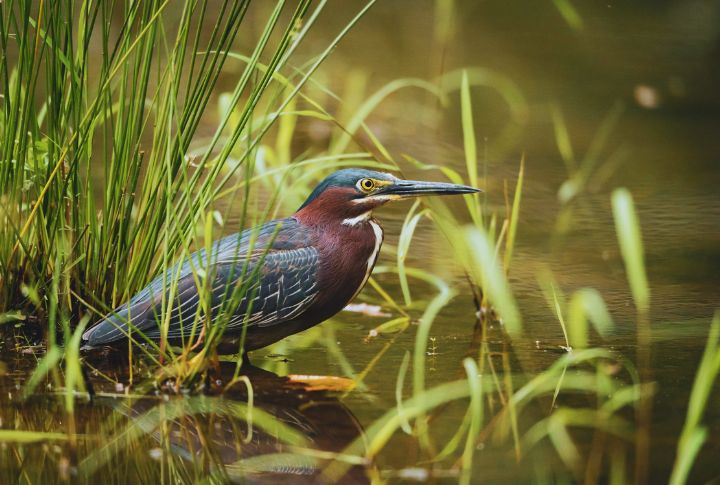
Stick around long enough in nature, and you’ll see animals doing things that feel shockingly advanced. They’re solving problems using tools that make scientists raise their eyebrows. No fluff, no drama—just smart moves and serious instincts on display. Are you wondering which species figured out the hacks of survival? Here are the clever standouts.
Chimpanzees Use Sticks To Fish For Termites

Finding food isn’t always easy, but chimps know how to get creative. When termites are hiding deep underground, a chimp will shape a stick, remove the leaves, and push it into the mound. Termites latch on, and the stick comes out full. Different groups use different techniques, and young chimps learn by watching older ones.
Sea Otters Crack Shells With Rocks

Sea otters rely on rocks to open tough shellfish. A selected stone, often carried under the forearm, acts like a personal tool. During feeding, the otter places the shell on its chest and hits it with the rock. This behavior is rare among marine animals and reveals unexpected problem-solving in the water.
Elephants Use Branches As Fly Swatters

Ever seen an elephant wave a branch like it means business? It’s not just for show. Elephants use those branches to shoo off pesky insects. Some even tweak the shape to make swatting easier. They’ll scratch itchy spots with leaves, too. Clearly, they know how to handle discomfort with style.
Dolphins Use Sponges To Protect Snouts

In Shark Bay, dolphins rely on sponges to shield their snouts while foraging along the seafloor. The sponge serves as a cushion against sharp rocks and coral. This clever method is passed down from mother to calf, showing learned behavior across generations. Among marine mammals, it ranks as one of the most advanced tool-based strategies.
Woodpecker Finches Probe Crevices With Twigs

On the Galapagos Islands, woodpecker finches employ carefully shaped twigs to pull insects from bark crevices. The tool choice varies by island, with each generation learning by watching others. Every twig used reveals how the species continues to learn, adapt, and pass down survival skills through quiet, steady changes in behavior over time.
Octopuses Use Coconut Shells As Portable Shelter

Octopuses sometimes protect themselves using discarded coconut shells. A pair of halves can be carried and arranged into a mobile shelter. This clever tactic helps them hide from predators. Octopuses are among the few invertebrates known to use tools, even dragging shells over long distances for future use.
New Caledonian Crows Manufacture Leaf Spears
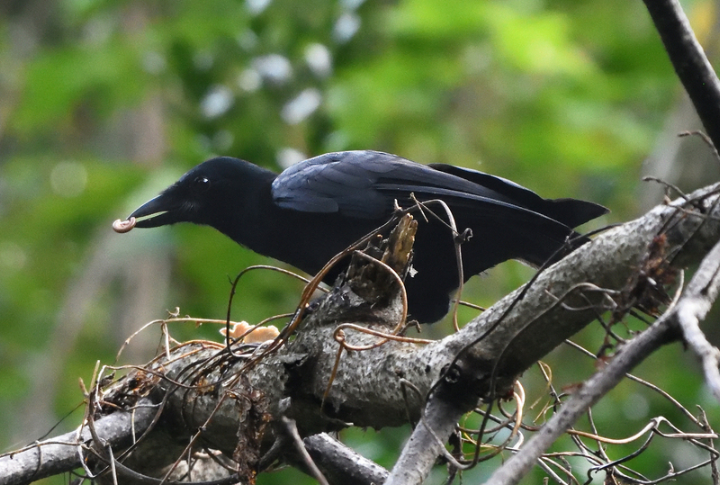
New Caledonian crows sharpen leaves into spears to extract hidden larvae. The cutting process demands control and accuracy. While hook tools are more widespread, spear use still plays a key role. Juvenile birds gradually learn this craft through practice. Each spear reflects clever problem-solving and high-level tool invention in action.
Capuchin Monkeys Use Stones To Crack Nuts
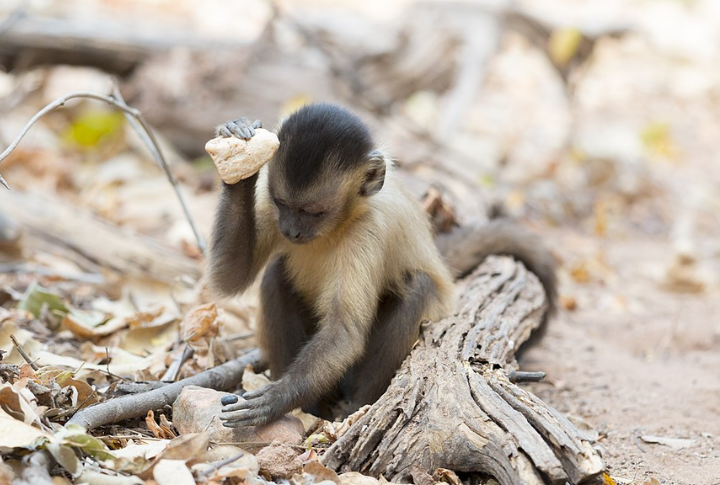
Mastering nut-cracking doesn’t happen overnight. Capuchins must lift, aim, and swing with purpose. Some test stones, then save the ones that deliver results. What stands out is how different groups develop their own techniques for using the stones. Through strength and focus, these monkeys earn access to meals packed with nutrients and hard-won satisfaction.
Green Herons Use Bait To Lure Fish
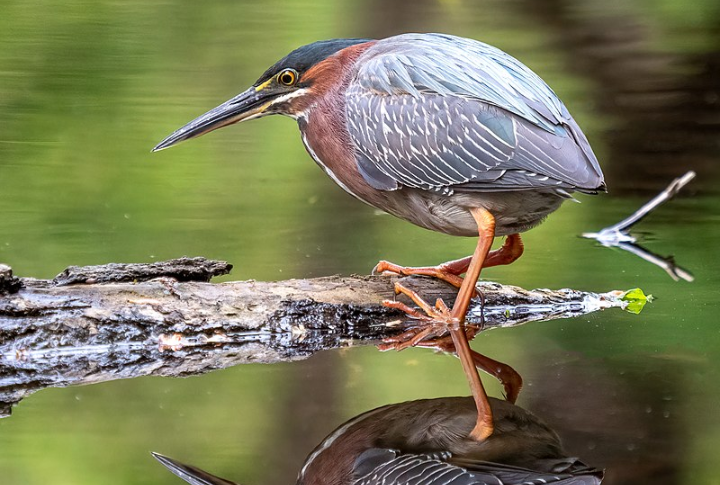
Fishing doesn’t always require speed or force. One clever bird places small items, such as insects, feathers, or twigs, on the water’s surface to attract fish. Once a fish swims near, the attack is fast. Certain herons even change their bait or location when needed, showing a flexible and thoughtful approach to hunting.
Macaques Wash Food Using Water And Stones
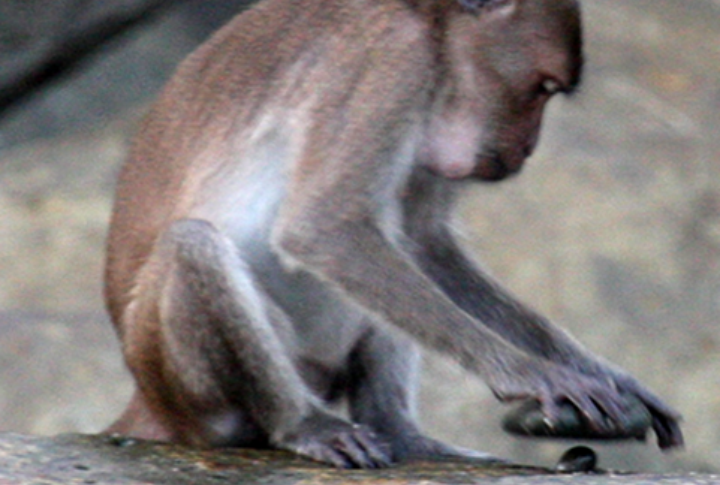
Macaques use stones and water to clean food before eating. The process can involve rubbing items against stones or dipping them repeatedly to remove dirt. In some cases, shallow pools are even formed to make rinsing easier. Since very few animals use tools during food preparation, this careful cleaning behavior stands out to scientists.

